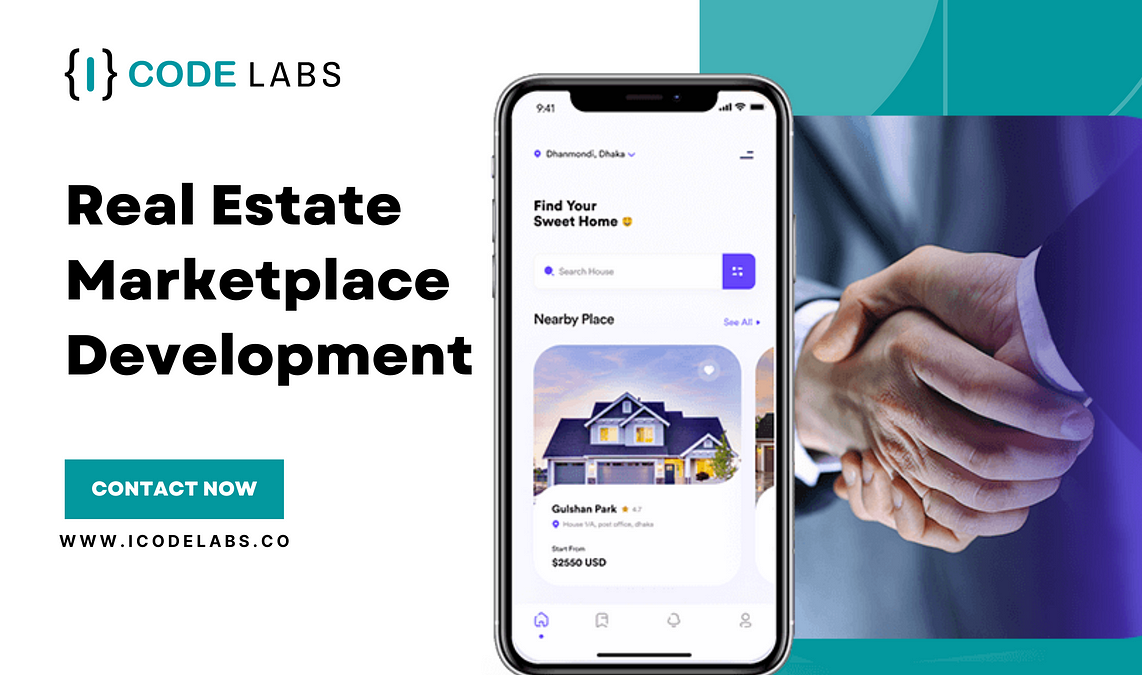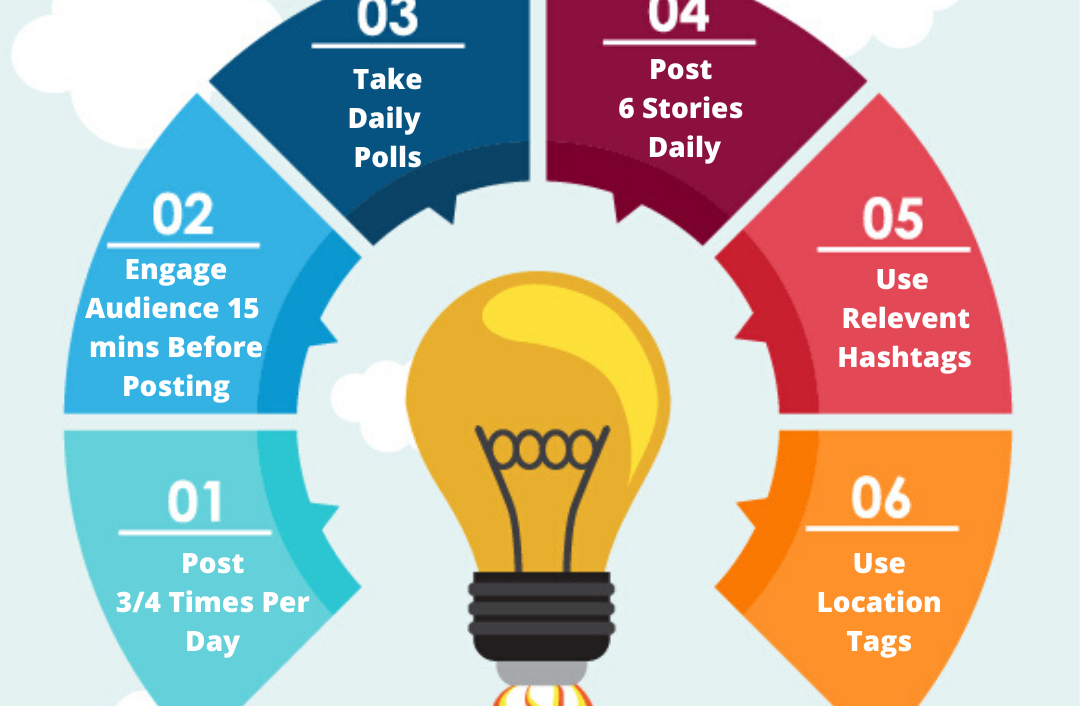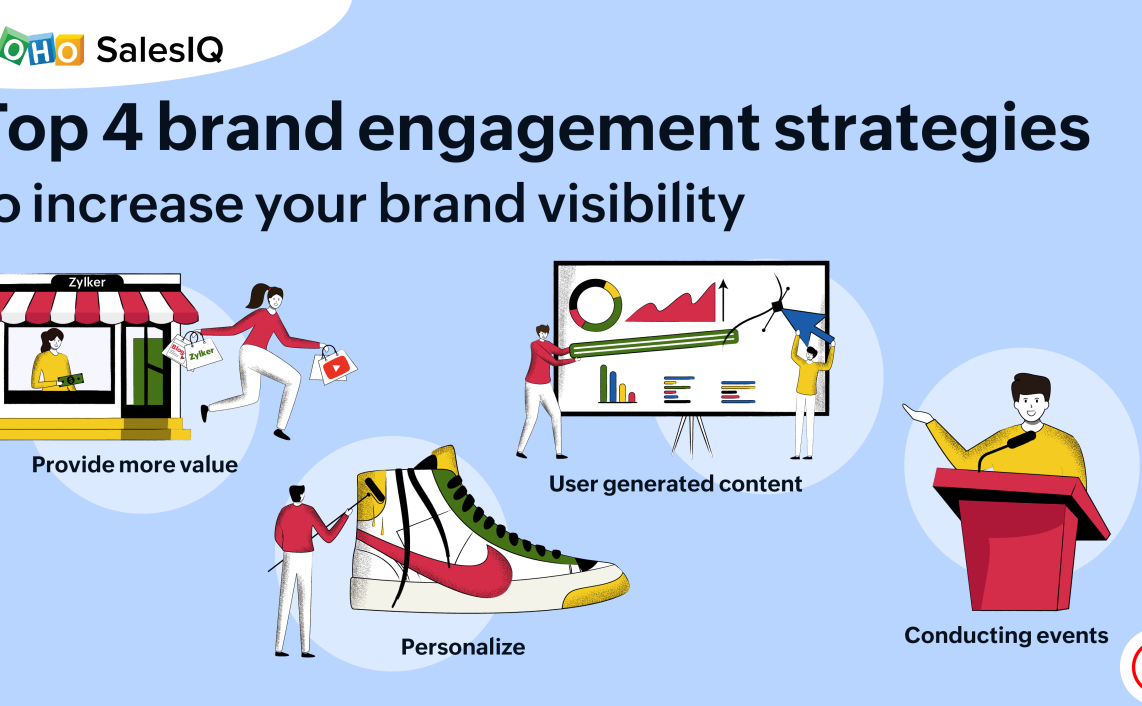Digital Solutions For It Companies: Attracting Quality Leads

Executive Summary

With the advent of the digital age, it has become imperative for IT companies to adopt digital solutions to attract quality leads. By embracing innovative technologies, IT companies can effectively target their ideal customers, nurture relationships, and drive conversions. This article will delve into the top 5 digital solutions that IT companies can leverage to generate high-quality leads.

Introduction
In today’s competitive market, IT companies need to adopt a proactive approach to lead generation. Digital solutions provide a powerful means to reach potential customers, engage with them, and convert them into loyal customers.
1. Content Marketing
Content marketing involves creating and distributing valuable, relevant, and consistent content to attract and retain a clearly defined audience.
- Identify Target Audience: Define your ideal customer persona to tailor content specifically to their needs and interests.
- Creating High-Quality Content: Produce informative and engaging content, such as blog posts, whitepapers, case studies, and webinars, that address industry trends, challenges, and solutions.
- Promoting Content: Utilize social media platforms, email marketing, and search engine optimization (SEO) to promote content and reach a wider audience.
- Establishing Thought Leadership: Positioning your company as an industry expert by sharing valuable insights and analysis.
- Generating Leads: Include calls-to-action (CTAs) in content to capture leads through lead forms or gated content offers.
2. Search Engine Optimization (SEO)
SEO involves optimizing website content to increase organic visibility in search engine results pages (SERPs).
- Keyword Research: Identifying relevant keywords that potential customers search for to target specific queries.
- Content Optimization: Optimizing website pages and content by incorporating relevant keywords and phrases.
- Technical SEO: Improving website structure, loading speed, and mobile-friendliness to enhance user experience and search engine rankings.
- Backlink Building: Acquiring high-quality backlinks from authoritative websites to build credibility and improve SERP rankings.
- Local SEO: Optimizing listings on local directories and search results to increase visibility for local customers.
3. Social Media Marketing
Social media marketing leverages social media platforms to connect with potential customers, engage with them, and drive lead generation.
- Target Audiences: Identifying target demographics on each platform and creating tailored content for each.
- Social Media Content: Posting valuable content, including industry updates, thought leadership pieces, and promotional materials.
- Engagement and Interaction: Engaging with followers through comments, likes, and sharing to build relationships and foster a sense of community.
- Lead Generation Campaigns: Running social media campaigns to capture leads through contests, lead magnets, or direct messaging.
- Social Media Advertising: Utilizing targeted social media advertising campaigns to reach specific audiences and drive conversions.
4. Email Marketing
Email marketing involves sending targeted emails to prospective and existing customers to nurture relationships and drive conversions.
- Lead Segmentation: Dividing email lists into targeted segments based on demographics, demographics, or interests.
- Personalized Emails: Creating personalized emails that speak directly to each recipient’s needs and pain points.
- Automated Email Sequences: Setting up automated email sequences to nurture leads and guide them through the conversion funnel.
- Lead Capture Forms: Utilizing email marketing to capture leads through landing pages, lead magnets, or forms integrated into emails.
- Tracking and Analytics: Monitoring email campaign performance, analyzing open rates, click-through rates, and conversions to optimize future campaigns.
5. Influencer Marketing
Influencer marketing involves partnering with industry experts or influencers to reach a wider audience and build credibility.
- Identifying Influencers: Identifying influencers who align with brand values and have a strong following in the target industry.
- Collaboration and Partnerships: Creating mutually beneficial partnerships with influencers to create co-branded content, product demonstrations, or exclusive promotions.
- Content Creation: Collaborating with influencers to produce high-quality content that meets the needs of their followers.
- Influencer Endorsements: Having influencers endorse or review products or services to establish credibility and increase brand awareness.
- Performance Tracking: Monitoring influencer campaign performance by tracking metrics such as engagement, reach, and leads generated.
Conclusion
By embracing digital solutions, IT companies can effectively attract quality leads that drive business growth. Content marketing, SEO, social media marketing, email marketing, and influencer marketing provide the necessary tools to target, engage, and convert potential customers. By implementing these solutions and leveraging their transformative power, IT companies can establish a strong digital presence, build a following of loyal customers, and achieve sustainable success in the competitive IT landscape.
Keyword Tags
- Digital marketing for IT companies
- Lead generation in IT industry
- SEO for IT companies
- Email marketing for IT services
- Influencer marketing in IT sector







